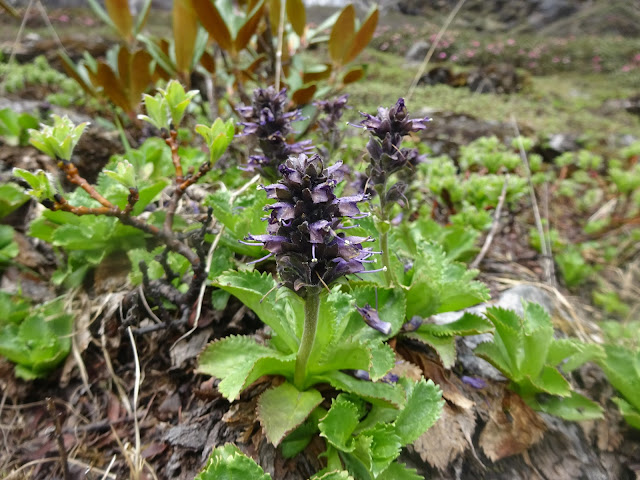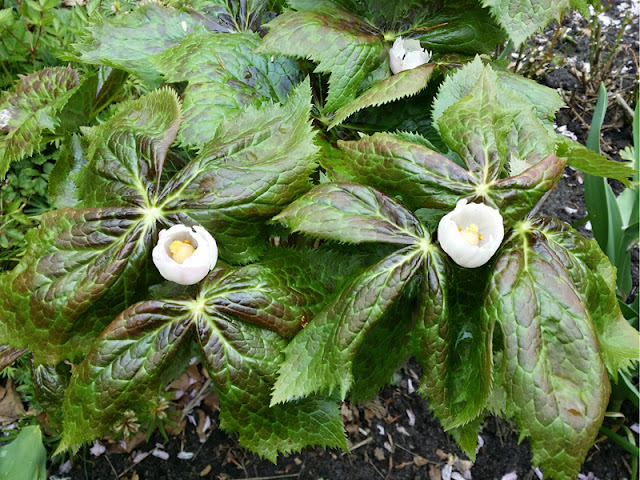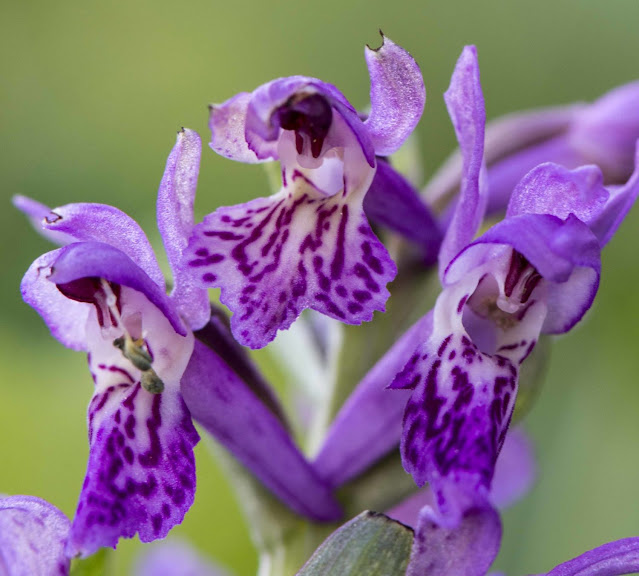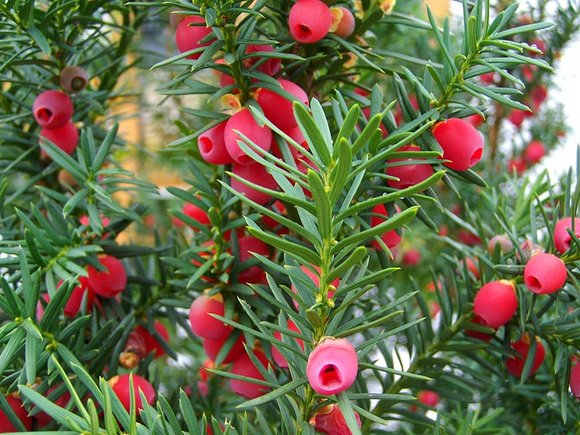Some of these plants are like nature's medicine cabinet! In Nepal, many
people use these plants to stay healthy. About 90% of the people in Nepal go to
local healers and use Ayurvedic medicine made from these special plants. It's
like having a natural doctor! These plants are also important for the country's
money – they are sold to other places, bringing in income for Nepal. So, it's
like these plants are not only helpful for people but also for the whole
country!
Did you know that there are more than 500 special plants in the forest
that people use for medicine? These plants have been helping humans for a
really long time! About 50 of them are even used in businesses to make things
that can make us feel better.
But, here's the thing – the forests where these plants live are getting
smaller every year. A long time ago, our country had big, green forests
covering one-third of the land, and it made us really proud. Sadly, now only
about 20% of the forest is left.
Why is this happening? Well, some people are cutting down the trees for
wood and to make space for their homes. Others are even starting fires on
purpose to have more space for their animals to eat. All of this is not good
for the special plants in the forest.
Sometimes, natural things like floods, landslides, and fires also happen and can affect these plants. So, it's important for us to take care of our forests so that these incredible medicinal plants can keep helping us stay healthy! Let's be good friends to nature!
1. Aconitum ferox Wall
BIKHA (Aconitum ferox) is a critically endangered plant in Nepal, known
for its significant role in traditional medicine and pest control. Commonly
referred to by its Nepali name, "बीख," and Hindi name, "बीख," this plant has been a staple in Ayurvedic practices for treating
various ailments after careful detoxification. Its medicinal properties have
made it valuable in addressing specific health conditions, showcasing its
potential for therapeutic purposes.
Beyond its medicinal uses, BIKHA plays a vital role in natural pest control. The plant serves as a natural rodenticide, aiding in the management of rodent populations without resorting to harmful chemicals. Additionally, BIKHA exhibits insecticidal properties, making it effective in repelling or eliminating insects. Ayurvedic practices incorporate the plant's insecticidal potential for natural pest control, ensuring a harmonious balance between traditional medicine and ecological preservation. Cautious detoxification is paramount before utilizing BIKHA, and Ayurvedic practitioners follow specific methods to eliminate harmful toxins, making it safe for both therapeutic and pest control applications.
2. Aeginetia Indica L.
"Aeginetia indica," widely recognized as the forest ghost
flower, is a unique and endangered holoparasitic herb endemic to Nepal.
Belonging to the plant family Orobanchaceae, this captivating species lacks
chlorophyll and derives all its nutrients from the roots of its host plants.
Its ethereal appearance, coupled with its parasitic lifestyle, has earned it
the colloquial name "forest ghost flower." The plant's slender stems
and delicate, translucent flowers contribute to its mystique, making it a
fascinating yet elusive presence in the dense forests where it thrives.
Unfortunately, habitat loss and degradation pose significant threats to the
survival of Aeginetia indica, heightening its status as an endangered species
in need of conservation efforts.
In Nepal, this captivating plant goes by the local names आँकुरी बाँकुरी and पुकुसुर. The vernacular names highlight its association with the forested regions where it resides. The plant holds cultural significance among the local communities, often featuring in traditional folklore and herbal medicine practices. Despite its cultural value, the forest ghost flower faces ongoing challenges due to human activities and environmental changes. Conservation initiatives are crucial to safeguarding this intriguing species and preserving the delicate balance it maintains within its ecosystem.
3. Asparagus racemosus Willd.
Asparagus racemosus Willd., locally known as Ban Kurilo or Jangali
Kurilo in Nepal, is a crucial and endangered plant renowned for its medicinal
properties, particularly in the realm of female reproductive health. Recognized
for centuries in Ayurveda, the traditional Indian system of medicine, this
species is valued for its ability to balance hormones. Asparagus racemosus is
highly sought after for its role in addressing various issues related to the
female reproductive system, making it a key component in the preparation of
Ayurvedic formulations. Unfortunately, due to overharvesting and habitat loss,
this plant is now classified as endangered in Nepal, highlighting the urgent
need for conservation efforts to preserve its valuable contributions to
traditional medicine and ecological balance.
The significance of Asparagus racemosus extends beyond its medicinal applications, as it plays a crucial role in maintaining biodiversity in the region. Its presence in the ecosystem contributes to the overall health and balance of the local flora. The endangerment of this plant species not only poses a threat to traditional healing practices but also underscores the broader challenges faced by many plant species in the face of environmental changes and unsustainable harvesting practices. Conservation initiatives and sustainable harvesting practices are essential to protect the cultural and ecological significance of Asparagus racemosus in Nepal, ensuring the continued availability of this invaluable resource for future generations.
4. Brachycorythis Obcordata
(Lindl.) Summerh.
Brachycorythis obcordata, commonly known as the Nepal Bog Orchid, is an
endangered plant species found in the diverse ecosystems of Nepal. These
perennial plants exhibit a wide range of growth habits, being either
terrestrial, epiphytic, or lithophytic, and sometimes even mycotrophic. The
stems are typically leafy, with swollen internodes forming pseudobulbs in some
instances. The leaves are usually entire, alternating or opposite, often
arranged distichously, and can range from membranous to coriaceous. The
inflorescences of the Brachycorythis obcordata are diverse, ranging from erect
to pendent, and may be spicate, racemose, or paniculate, bearing one to many
flowers.
The flowers themselves are small to large, zygomorphic, and can be sessile or pedicellate. The sepals, typically three in number, may be free or connate, with the dorsal sepal often displaying dissimilarity to the lateral sepals. The lip, distinguished as the medial petal, may be entire or variously lobed, often adorned with ornamented calluses and sometimes featuring a basal spur or nectary. The reproductive structures include a short or long column, occasionally with a basal foot, and a single fertile anther. The anther is either terminal or incumbent, cap-like or dehiscing, with pollen agglutinated into discrete masses known as pollinia. The stigma is 3-lobed, with the midlobe often modified to form a rostellum. Brachycorythis obcordata faces endangerment in its native habitats, emphasizing the importance of conservation efforts to protect this unique and ecologically valuable species.
5. Dactylorhiza hatagirea (D. Don)
Soo
Dactylorhiza hatagirea, commonly known as Panchaule or Salam Panja, is a
highly valued medicinal plant native to the Hindu-Kush Himalayan region, with a
significant presence in the alpine and sub-alpine regions of India and
neighboring countries at elevations ranging from 2800 to 4200 meters above sea
level. Belonging to the orchid family (Orchidaceae), this species faces a
critical endangerment status due to a myriad of factors. Its population
density, ranging from 0.60 to 2.19 individuals/m2, is threatened by over-extraction
and illegal trading driven by the high market demand for its medicinal
properties. Additionally, challenges such as excessive weed proliferation,
overgrazing leading to the destruction of plant parts, low genetic diversity,
and poor seed germination further contribute to its precarious status.
The plant holds immense cultural significance, known by various vernacular names like Hatajadi, Panch Aunle, and Angmo-lakpa, and is deeply integrated into several traditional systems of medicine. Indigenous communities rely on Dactylorhiza hatagirea for treating various health issues, including diarrhoea, dysentery, bone fractures, wounds, and as a sex stimulant. Rich in phytochemicals such as Dactylose A, B; Dactylorhin A-E, resveratrol, and trans-stilbene, this plant has been extensively studied for its pharmacological importance. Scientific research has established its efficacy in anti-microbial, antioxidant, anti-cancerous, anti-inflammatory, antipyretic, and neuropharmacological activities, underscoring the urgent need for conservation efforts to protect this invaluable Himalayan plant species from further decline.
6. Dioscorea deltoida D.Don
Dioscorea deltoida D.Don, locally known as Bhyakur tarul in Nepal, is an
endangered plant with significant medicinal properties. The juice extracted
from its root tuber is traditionally consumed in the evening to treat roundworm
infestations and alleviate constipation. The roots of Dioscorea deltoida, like
many others in its genus, contain diosgenin, a compound widely utilized in
modern medicine. Diosgenin is a crucial precursor for the production of
progesterone and other steroid drugs, commonly employed as contraceptives and
in the treatment of various disorders related to the reproductive organs.
Additionally, diosgenin is applied in addressing diverse health conditions such
as asthma and arthritis. Notably, the roots of Dioscorea deltoida boast an
average diosgenin content of 4.8%.
Despite its medicinal significance, Dioscorea deltoida faces the threat of endangerment in Nepal, underscoring the importance of conservation efforts to safeguard both traditional medicinal knowledge and the plant's genetic diversity. The sustainable management and protection of this species are vital not only for its potential contributions to healthcare but also for maintaining the ecological balance and biodiversity of the region.
7. Podophyllum hexandrum Royle
The Laghu Patra, scientifically known as Podophyllum hexandrum Royle, is
a crucial alpine herb native to Nepal. This plant holds significant importance
due to its role as a source for the highly prized aryltetralin-type lignan,
podophyllotoxin. Unfortunately, the species faces the threat of extinction as
it has been heavily collected from the wild to meet the escalating demand for
its valuable compounds. In response to this challenge, a recent study has been
conducted with the aim of cultivating the Laghu Patra at lower altitudes. The
research focused on evaluating various growth parameters, including above and
below-ground biomass accumulation, net assimilation rate, and relative growth
rate in seed-raised plants of different ages (1–5 years). Additionally, the
study explored the podophyllotoxin content in both above and below-ground
biomass through HPLC analyses, revealing that the levels of podophyllotoxin
increased with the age of the plant, with the highest concentration observed in
5-year-old plants. This innovative approach of "conservation through
cultivation" demonstrates the feasibility of raising healthy propagules
from seeds in accessible locations at lower altitudes, offering a potential
solution for the effective management of this critically endangered species.
By promoting cultivation in easily approachable sites, this method not only addresses the conservation needs of the Laghu Patra but also provides a sustainable alternative to wild collection. The study underscores the potential of long-term maintenance of these plants in cultivation, presenting a valuable strategy for the conservation of this critically endangered species. The findings highlight the importance of combining scientific research, cultivation practices, and conservation efforts to safeguard the Laghu Patra and its valuable ecological contributions.
8. Paris polyphylla Sm.
Paris polyphylla Sm. is a vulnerable medicinal plant endemic to the
Himalayan countries, with a notable presence in Nepal. This plant holds
significant pharmacological value, exhibiting properties such as anticancer,
anti-inflammatory, analgesic, and antipyretic effects. While the distribution,
conservation status, and traditional uses of Paris polyphylla are relatively
well-documented in Nepal, this study delves into the unexplored molecular
aspects of its diversity and population structure. Genetic analysis using 15
simple sequence repeat (SSR) markers on 32 collected germplasms from Central,
Eastern, and Western regions of Nepal revealed polymorphic markers, amplifying
alleles ranging from 50 bp to 900 bp.
The study uncovered a high level of genetic diversity within populations, with observed heterozygosity (Ho) at 0.63 and expected heterozygosity (He) at 0.53. Molecular variance analysis (AMOVA) indicated that 74% of the variation occurred within individuals in a population, emphasizing the need for individual-level conservation efforts. Clustering analysis identified two distinct groups, with Eastern germplasms forming a separate cluster from Central and Western germplasms. These genetic insights, validated by additional analyses, provide valuable information for developing targeted conservation strategies, supporting evolutionary research, and promoting sustainable utilization and commercial cultivation of this pharmacologically important yet threatened species in Nepal.
9. Mesua ferra L.
नागेष्वर (Nag keshar) or Rukh
keshar, scientifically known as Mesua ferrea L., is an endangered plant native
to Nepal, commonly referred to as cobra saffron. This rare and precious species
holds significant cultural and medicinal value in traditional practices. Besides
being cultivated for its elegant morphology, the plant is renowned for its
large, fragrant white flowers. Mesua ferrea has been utilized for generations
in traditional medicine to address a spectrum of ailments.
Extensive research on Mesua ferrea has revealed a diverse array of phytochemical constituents within the plant, contributing to its medicinal properties. The plant contains alkaloids, glycosides, reducing sugar, tannins, phenolics, coumarins, sterols, xanthones, volatile oil, triterpenoids, resins, and saponins. Notable active compounds include α-copaene, germacrene D, β-amyrin, β-sitosterol, and unique compounds such as mesuanic acid, mesuferrols A and B, mesuaxanthones A and B, mesuaferrins A, B, and C, mesuaferrones A and B, mesuarin, and mesuol. Mesua ferrea has demonstrated a wide range of pharmacological activities, including anti-inflammatory, anti-hemorrhoid, antiulcer, CNS depressant, α-amylase inhibitory, antioxidant, anticancer, diuretic, hepatoprotective, antivenom, antidiabetic, antibacterial, and immunomodulatory effects, highlighting its potential significance in modern medicine. Despite its endangered status, conservation efforts are crucial to preserving this invaluable plant and its cultural and medicinal heritage.
10. Rauvolfia serpentians (L) Benth.
Ex Kurz
Rauvolfia serpentina, commonly known as Serpentine, is a valuable
medicinal plant found in the forests of South East Asia, including Nepal,
India, East Pakistan, Bhutan, Burma, Bangladesh, Sri Lanka, Malaysia, and
Indonesia. In Nepal, this endangered plant is distributed from the East to the
West, thriving at altitudes of up to 900 meters above sea level. Belonging to
the Apocyanaceae family, this species has been classified as endangered by the
International Union of Conservation of Nature (IUCN), listed as Critical by
Conservation Assessment and Management Plant (CAMP), and marked as
"Kha" (banned for export without processing) in the Nepal
conservation list.
Despite legal protection provided by the Nepal Forest Act 1993 and CITES 1975 Appendix II, the Serpentine faces challenges due to large-scale unsustainable over-harvesting, threatening its genetic diversity and survival in the wild. The plant is included in the national priority list for cultivation, highlighting the need for immediate actions such as locating and assessing diversity, implementing conservation strategies, and promoting sustainable utilization measures. The current research, employing a forest gene bank approach in the western Terai region of Nepal, aims to secure the long-term conservation of Rauvolfia serpentina, addressing the lack of scientific information on accessions, genetic diversity, and breeding systems, while fostering sustainable development goals.
11. Rheum australe D.Don
Rheum australe D.Don, commonly known as Himalayan rhubarb or the
red-veined pie plant, holds significant cultural and medicinal value in Nepal.
Referred to as "padamchal" in the Nepali language, this plant has
been traditionally used for various purposes. Ethnomedicinal practices across
China, India, Nepal, and Pakistan have employed Rheum australe to address a
spectrum of health issues, ranging from common ailments like coughs and cuts to
more complex conditions such as malaria and kidney stones.
The plant's phytochemistry reveals a rich composition of secondary
metabolites, including anthraquinones, stilbenes, flavonoids, carbohydrates,
lignans, phenols, and sterols. Notably, its active constituents, anthraquinone
derivatives like aloe-emodin, chrysophanol, emodin, physcion, rhein, and their
glycoside compounds, contribute to its medicinal properties. Researchers have
explored the anticancer potential of Rheum australe, finding promising
cytotoxicity in human breast carcinoma (MDA-MB-435S) and liver carcinoma
(Hep3B) cell lines.
Despite its therapeutic benefits, precautions are advised in the usage of Rheum australe. While there is a lack of documented adverse effects or toxicity in humans, individuals with predispositions to gout, rheumatism, epilepsy, or uric acid diseases are cautioned against its consumption. This valuable plant highlights the delicate balance between traditional medicinal knowledge and the need for responsible use to ensure the well-being of individuals.
12. Bergenia eiliata (Haw) Sternb.
Bergenia ciliata, known locally in Nepal as पाखनबेद (Paashanabed), is an endangered plant
with significant medicinal properties. The plant's rhizomes and roots are
utilized as a litholytic agent for urinary calculi, playing a crucial role in
traditional medicine. In Nepalese traditional medicine, it is widely employed
in the treatment of various urinary disorders, including dysuria, cystitis,
crystalluria, and renal failure. Additionally, Bergenia ciliata is recognized
for its therapeutic effects, serving as an astringent and tonic, and
demonstrating anti-inflammatory properties. Local communities apply poultices
made from the rhizomes and roots to alleviate conditions such as stiff joints,
boils, abscesses, and skin infections. The root powder, known for its mild
diuretic properties, is also incorporated into various Ayurvedic formulations,
including Pashanabhedadi kwath, Pashanabhedadi ghrit, and Pashanabhedadi
Churan.
Despite its medicinal importance, Bergenia ciliata faces the threat of endangerment in Nepal. Conservation efforts are crucial to safeguard this valuable plant species and ensure the sustainability of its traditional medicinal uses. The unique combination of litholytic, anti-inflammatory, and diuretic properties makes Bergenia ciliata an essential component of traditional healthcare practices in the region, highlighting the importance of preserving biodiversity for both cultural heritage and medical advancements.
13. Nardostachys grandiflora DC
Nardostachys grandiflora DC., commonly known as Spikenard or Jatamansi,
is an endangered plant belonging to the Valerianaceae family. This perennial
herb, ranging from 10 to 60 cm in height, is characterized by its erect
structure and rhizomatous growth. Found in altitudes between 3500 to 5000
meters, this plant boasts a long, stout woody rootstock covered with
reddish-brown fibers from petioles of old leaves and flowering stems. The
leaves, either glabrous or slightly pubescent, are entire, radical, elongate,
and spathulate, with a few cauline leaves that are longitudinally nerved. The
capitates flowers form heads in cyme, while the obovate, compressed seeds,
approximately 4mm long, are covered with ascending white hairs and crowned by
ovate, acute, and often dentate calyx teeth.
Thriving in steep areas with slopes ranging from 250 to 450, N. grandiflora prefers open, stony, and grassy slopes, as well as the turf of glacial flats. The plant undergoes a distinctive life cycle, with flowering occurring from June to July and fruiting from August to October. In October, the leaves turn yellow, and during winter, the herb sheds all its leaves, becoming dormant and buried under snow. With the onset of summer and the melting of snow, Jatamansi regenerates, contributing to its ecological niche in the fragile high-altitude ecosystems of Nepal. Unfortunately, the endangered status of this plant emphasizes the need for conservation efforts to protect its unique characteristics and ecological role.
14. Picrorhiza scrophulariflora
Pennel
Kutki, scientifically known as Picrorhiza scrophulariiflora Pennell,
stands as an endangered medicinal herb indigenous to the Himalayan region of
Nepal. Urgent conservation efforts are imperative to safeguard this valuable
plant from the dual threats of animal grazing and unsystematic harvesting of
its rhizomes. A comprehensive study conducted in the Sikkim Himalayas delves
into the plant's habitat preferences, population structures, existing status,
and conservation threats. The analysis revealed low values in critical
parameters such as density, frequency, abundance, relative density, and
relative frequency across all populations, underscoring the immediate need for
conservation planning.
Kutki thrives in diverse habitats, including open pastures, rocky terrains, crevices, and moist areas. However, the species faces severe challenges due to animal grazing and the indiscriminate collection of its rhizomes, compounded by the concurrent exploitation of associated rare medicinal species like Bergenia ciliata, Rhododendron anthopogan, Rheum australe, and Saussurea nepalensis by local communities. These threats have resulted in a significant alteration of the original phytosociological structure of P. scrophulariiflora, leading to rapid habitat loss. To address this critical situation and ensure sustainable utilization, efforts are being made to identify elite germplasm with higher underground biomass. Additionally, a correlation has been established between aerial and underground biomass growth and key soil characteristics, including available nitrogen, organic carbon, moisture content, soil pH, and altitude gradients, paving the way for informed conservation strategies.
15. Valeriana jatamansi Jones
Sugandhawal, scientifically known as Valeriana jatamansi Jones, is an
endangered sub-tropical and temperate plant deeply ingrained in Nepali culture
for its traditional medicinal uses. Revered for its efficacy in treating
conditions such as epilepsy, cholera, and neurosis, Sugandhawal plays a vital
role in folkloric healing practices. The plant boasts a versatile
pharmacological profile, functioning as an analgesic, antispasmodic,
antiseptic, carminative, diuretic, expectorant, and sedative.
Despite its significance in primary healthcare, household economy, and
the herbal market, Sugandhawal faces the imminent threat of extinction due to
unregulated harvesting and trading practices. The lack of consideration for its
sustainability is jeopardizing not only the plant's existence but also the
communities that rely on it for their health and economic well-being. Urgent
conservation efforts are essential to preserve this valuable botanical resource
and ensure its continued contribution to traditional medicine and local
economies in Nepal.
Conclusion
Firstly, these special plants usually grow in nature, and some of them
are in danger. We need to do things to make sure they don't disappear. One idea
is to protect the places where these plants live – like keeping big forests
safe from animals and fires.
When we want to use these plants, we have to be careful. We should only
collect them at the right time and in the right way, so they can keep growing.
We can also make sure the areas where these plants li
ve are marked and
protected from animals and people.
Scientists also want to make a list of these special plants and see
where they live. This helps them know which ones need extra care. They also
want to stop people from buying and selling these plants too much, to make sure
they stay safe.
One cool idea is to show people pictures of these special plants, so
they know to be careful and not hurt them. Some places are even growing these
plants in special gardens to keep them safe.
To make sure all these ideas work, we need to have rules that everyone
follows. This way, we can make sure these special plants stay safe and help
people for a long time.
BHALAYO (SEMECARPUS ANACARDIUM)
BHALE-SUNPATI (RHODODENDRON LEPIDOTUM)
BHRINOAR.AJ (ECLIPTA PROSTRATA)
BHUI AMALA (PHYLLANTHUS AMARUS)
CHHATIWAN (ALSTONIA SCHOLARIS)
CHIRAITO (SWERTIA ANGUSTIFOLIA)
CHIRAITO (Swertia bimaculata )
CHIRAITO (Swertia multicaulis)
DATIWAN (ACHYRANTHES BIDENTATA )
DHASINGARE (Gaultheria fragrantissima)
DRONAPUSPA (LEUCAS CEPHALOTES)
GOBRESALLA / TALISPATRA (ABIES SPECTABILIS)
GUJARGANO (CISSAMPELOS PAREIRA)
INDRAJAU ( Holarrhena pubescens )
JAMANE MANDRO (MAHONIA NEPAULENSIS)
JATAMANSI (NARDOSTACHYS GRANDIFLORA)
KAKAD SINGHI (Pistacia chinensis)
KAKOLI ( Fritillaria cirrhosa)
KALO SHARIVA (CRYPTOLEPIS BUCHANANII)
KALO SHARIVA (ICHNOCARPUS FRUTESCENS)
KALO-BIKHA (ACONITUM LACINIATUM)
LAGHU PATRA (PODOPHYLLUM HEXANDRUM)
Medicinal Plants of Nepal! Preserving the Past, Healing
the Future
NAGEBELI (LYCOPODIUM CLAVATUM)
PANCHAUNLE (Dactylorhiza hatagirea)
https://easyayurveds.com/shop/
https://easyayurveds.com/neem-capsule-price-in-easy-ayurved-nepal/
https://easyayurveds.com/ajwain-oil-carom-oil-for-pain-relief-relaxation-improved-blood-circulation-stress-reduction-mental-relaxation-and-relief-from-arthritis-100ml/
https://easyayurveds.com/amla-powder-gooseberry-powder-rich-in-vitamin-c-calcium-iron-amino-acids-for-immunity-metabolism-and-natural-blood-purify-amala-powder-100gm/
https://easyayurveds.com/brahmi-bati-price-in-nepal/
https://easyayurveds.com/confido-tablets-for-libido-testosteron-and-erectile-dysfunction/
https://easyayurveds.com/arjuna-chaal-powder-supports-heart-health-manages-cholesterol-level-promotes-healthy-metabolism-diabetes-weight-loss-terminalia-arjuna-100gm/
https://easyayurveds.com/ashokarishta-ayurvedic-syrup-for-women-relief-from-irregular-and-heavy-menstruation-and-hormonal-imbalance-with-ashoka-dhataki-by-dabar-450ml/
https://easyayurveds.com/ashwagandha-withania-somnifera-ayurvedic-herbal-supplement-promotes-vitality-and-strength-support-for-stress-ashwagandha-powder-100gm/
https://easyayurveds.com/ashwagandharishta-helps-boost-immunity-stress-buster-for-health-strength-wellness-naturally-enhances-fertility-libido-by-baidyanath-450ml/
https://easyayurveds.com/avipattikar-churna-gastric-churna-for-hyperacidityflatulence-bloating-nausea-heart-burn-and-digestion-ayurvedic-abhipattikar-churna-100gm/
https://easyayurveds.com/brahmi-brahmi-powder-for-brain-memory-good-sleep-low-stressand-depression-edible-drinking-eating-pure-hair-care-centella-asiatica-100gm/
https://easyayurveds.com/chyawanprash-with-yarshagumba/
https://easyayurveds.com/castor-oil-arandi-oil-price-in-nepal/
https://easyayurveds.com/yarshagumba-price-in-nepal/
https://easyayurveds.com/isabgol-bhusi-price-in-nepal/
https://easyayurveds.com/himcolin-gel-price-in-daraz-nepal/
https://easyayurveds.com/baidynath-shilajit-price-in-nepal/
https://easyayurveds.com/goksura-gokharu-powder-price-in-nepal/
https://easyayurveds.com/giloy-gurjo-gudduchi-powder-price-in-nepal/
https://easyayurveds.com/shilajit-capsule-price-in-nepal/
https://easyayurveds.com/dushmularishta-price-in-online-shopping-nepal/
https://easyayurveds.com/moringa-price-in-nepal/
https://easyayurveds.com/kaauso-price-in-nepal-mucuna/
https://easyayurveds.com/jethimadhu-price-in-nepal/
https://easyayurveds.com/jaiphal-oil-price-in-nepal/
https://easyayurveds.com/benefits-of-jamun-seed-powder-for-diabities-and-constipetion/
https://easyayurveds.com/liv52-price-in-nepal/
https://easyayurveds.com/shilajit-price-in-nepal/
https://easyayurveds.com/liv52-price-in-daraz-nepal/
https://easyayurveds.com/khadirarista-price-in-nepal/
https://easyayurveds.com/bramhi-oil-ghod-tapre-oil-for-brain-memory-good-sleep-low-stressand-depression-edible-drinking-eating-pure-hair-care-bacopa-monnieri-oil-100ml/
https://easyayurveds.com/amla-juice-gooseberry-juice-rich-in-vitamin-c-calcium-iron-amino-acids-for-immunity-metabolism-and-natural-blood-purify-amala-juice-with-aloe-vera-100gm/

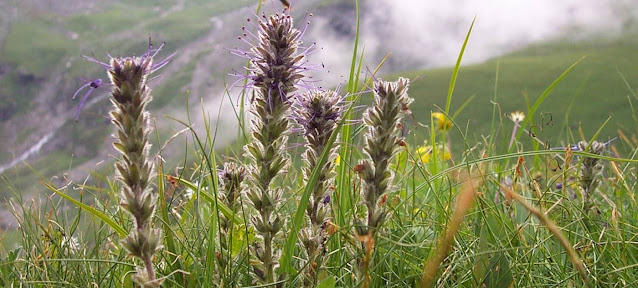

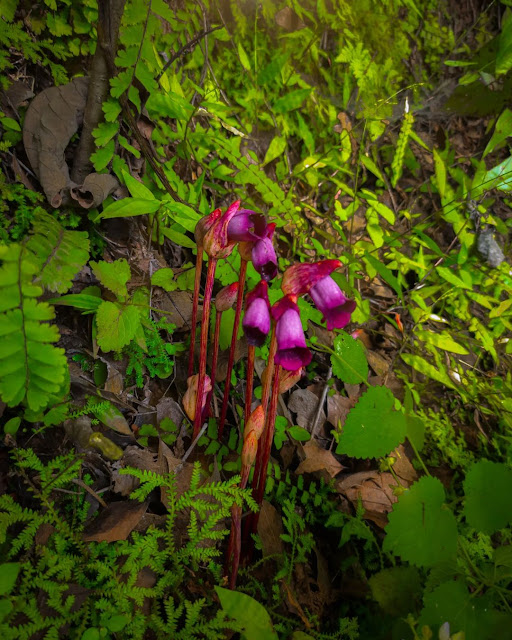

%20Summerh.jpg)
%20Soo.jpg)



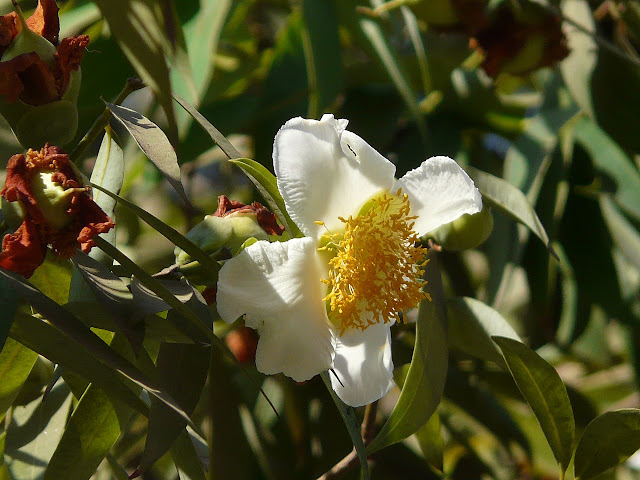

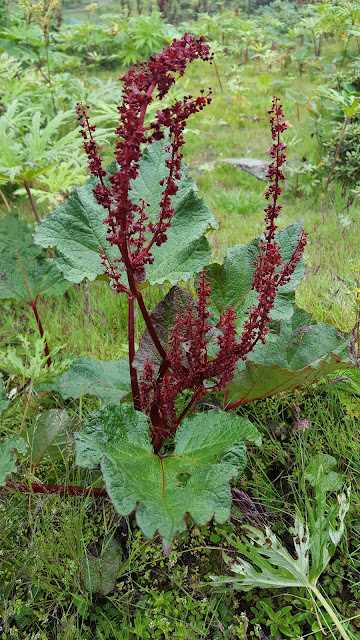
%20Sternb.jpg)

